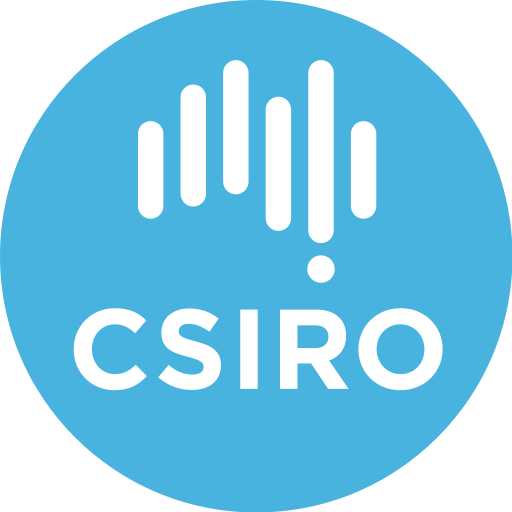Keyword
Earth Science | Oceans | Ocean Circulation | Buoy Position
3 record(s)
Type of resources
Topics
Keywords
Contact for the resource
Provided by
Formats
Update frequencies
Status
draft
-
Buoys were released in the Southern Ocean (in Antarctic waters), in the Indian and Pacific Oceans, in the Tasman Sea and in The Great Australian Bight. 143 deployments were made between 1975 and 1995. The buoys were tracked by the NASA weather satellite NIMBUS-6, and later by the French System ARGOS aboard the satellite TRIOS-N. Buoy types include 4.5 m PVC/fiberglass spars (Cresswell et. al. CSIRO), 5m spars (Australian Bureau of Meteorology), and two variations of 2 m "torpedo" buoys (Cresswell, Richardson and Wood). Most of the buoys were drouged with 7.2m parachute at 20m depth. Sea surface temperature data was recorded and transmitted to satellite. Buoy drift speed and direction were calculated from successive satellite fixes.
-
Argo is an international collaboration that collects high-quality temperature and salinity profiles from the upper 2000m of the ice-free global ocean and currents from intermediate depths. The data comes from more than 3000 battery-powered autonomous floats that spend most of their life drifting at depth covering most of the world oceans. At typically 10-day intervals, the floats rise to the surface over about 6 hours while measuring temperature and salinity. Satellites determine the position of the floats when they surface, and receive the data transmitted by the floats. The float then returns to its original density and sinks to drift until the cycle is repeated. Floats are designed to make about 150 such cycles. Argo Australia provides real-time observations of the oceans around Australia by maintaining an array of autonomous profiling floats. Data and information regarding Argo Australia and the International Argo program can be found at the Argo Australia web page (see data link below). CMAR holds a mirror of the data from the US Argo server for internal project access, this is regularly updated. (see data link below).
-
The QuOTA project involved NOAA-IPRC and CMAR jointly undertaking to build a very high quality ocean thermal data archive by applying methods and expertise developed through the NOAA-IPRC/CMAR IOTA (Indian Ocean Thermal Archive) collaboration which was established in 1998. The Quota Project resulted in building a high quality upper ocean temperature dataset for the Indian Ocean and the South-western Pacific (east of the dateline). QuOTA contains ocean temperature data collected since 1778 and includes XBT, CT, CU, CTD, XCDT, MBT, BT, BA, DT, SST, TE, UO, bottle, drifting and moored bouy data. Quality control of the data is done by automated processes, followed by 'hand-QC' of data that fails the automated test. This results in a data set containing very little 'bad' data and any that remains is usually subtly faulty, having little impact on most analyses.
